Recognize Lyme disease
General

It is usually transmitted by ticks and can be fatal in the late stages. We're talking about Lyme disease.
The most common form of Lyme disease in the northern hemisphere, and thus also in Germany, is Lyme disease, which was first described in Lyme, Connecticut, USA.
According to the Robert Koch Institute (RKI) there are around 6-35% the ticks with Borrelia infested. There is a south-north divide, with most of the infectious ticks living in Bavaria.
When a tick bite from an infected tick, it comes in around 2-6% of the cases to an infection with the bacterium Borrelia burgdorferi.
Borreliosis only becomes externally recognizable in the late stage, since at this point in time what is known as acrodermatitis chronica athropica (AKA for short) occurs, which is considered conclusive. It is a chronic skin inflammation.
Before that, even in earlier stages, there may be a "wandering reddening", a skin rash that occurs after a tick bite, but which is often mistaken for an allergic reaction and often does not occur at all.
Studies even show that wandering redness only occurs in a good quarter of all cases.
External detection is therefore relatively difficult and usually only possible at a later stage.
Blood tests using Borrelia serology can help.
For this purpose, any antibodies against Borrelia formed by the body are measured.
So there must be an immune reaction of the body against Lyme disease, otherwise the evidence is negative.
This can mean that the patient is not infected, or that his body has simply not (yet) reacted to the Borrelia.
This can be the case especially in the early stages (stage 1) when the pathogen has not yet spread over the bite site. In stage 2, the spread stage, pathogens can be detected in 70-90% of cases.
In any case, the verification is not easy and usually relatively costly and labor-intensive, which is why it is not carried out routinely. In justified cases, a serological test is of course essential.
Recognize symptoms

As already indicated, the Lyme disease infection is divided into three different stages:
First, the early stage. This refers to the time immediately after the tick bite.
After an incubation period of 5-29 days, a local reaction of the skin, known as wandering reddening, can occur.
It has no specific form or expression, which makes a diagnosis difficult.
The wandering red can itch and looks like a hand-sized rash around the tick bite.
But it can also be completely absent. At this stage, borreliosis can still be treated well with antibiotics, but the stage is usually missed, especially since the wandering redness often disappears after one to two weeks.
In addition, there may be headaches, fever and a general feeling of illness.
In the second stage, the spreading stage, the pathogen spreads from the initially localized region around the tick bite to the rest of the body.
This stage usually occurs 4-16 weeks after the tick bite. As in stage one, there are flu-like symptoms, a general feeling of illness and a fever.
Strong sweats and infestation of internal organs are typical for this stage: Lyme disease continues to spread.
In the third stage, the late stage, the symptoms become chronic.
The affliction of the nervous system, with paralysis, especially in the face (so-called "facial paralysis") is typical. This infestation of the nervous system is also known as neuroborreliosis.
Read more on this topic at: Facial palsy
It is characterized by meningitis - a meningitis, polyneuropathy - the deterioration of nerve tracts and an inflammation of the brain (so-called encephalitis).
You can also find detailed information on brain and nerve involvement on our website: Neuroborreliosis can be recognized by these symptoms.
In addition to neuroborreliosis, Lyme arthritis typically also occurs in chronic borreliosis. This is - named after Lyme disease - an arthritis based on borreliosis.
Lyme arthritis can occur in any joint, but preferably manifests itself in the knee joint.
For the chronic stage it is also typical that phases of freedom from symptoms alternate with phases of illness.
Some symptoms, such as akrodermatitis chronica athropicans (often abbreviated as AKA) often only appear after years. This is a chronically recurrent skin disease in the course of borreliosis.
Read more on the topic: Lyme disease symptoms
diagnosis
So how can you get a chronic borreliosis detect?
As in the other stages, the diagnosis of chronic Lyme disease is based on two pillars: On the one hand, there is clinical examination, with the various symptoms that Lyme disease can trigger in the end stage.
These can be: Meningitis, Neuroborreliosis, arthritis - especially limited to one Knee joint, and recurring skin rash.
Because these symptoms also in connection with other diseases can stand is a final diagnosis Examination of the blood essential.
This forms the second pillar of diagnostics. The detection of borreliosis is, however, not entirely uncomplicated and not always successful.
So can Borreliosis tests especially in the Early stages the disease all too well 50% recognize the borrelia infection.
This is because the serological tests just the antibodies against which Borrelia can make. If these are not yet available - for example because the infection has not yet spread, the blood tests will not work either.
In the later stages, the serological blood tests are very accurate.
However, they are rarely initiated, as the symptoms are usually relatively unspecific, even in the chronic stage, and a serological examination is not exactly cheap in comparison.
Of course, the patient's health is not spared, but expensive tests are avoided "in the dark". Before doing this, one tries to rule out more frequent diseases. These can be from the TBE over Tumors up to systemic diseases.
Lyme disease prophylaxis
The prophylaxis of borreliosis mainly consists in Tick bites to avoid.
Since Lyme borreliosis in Germany is mainly transmitted via ticks, avoiding this is a sensible measure.
Cases were also documented in which a transmission was carried out Mosquitoes or Brakes has taken place, but the infection rate of mosquitoes in Germany is nowhere near as high as that of ticks.
Helps against ticks long clothesthat covers the skin as much as possible.
You should have a picnic in the forest or in the meadows always one Seat cover should be used and sitting directly on the forest floor should be avoided.
A vaccination against Borrelia is currently (as of 2015) not possible.
There are clinical studies that give hope that a vaccine will be introduced soon, but it will take a few years for approval.
Until then, greater caution is required, especially in areas with a high number of ticks.
A detailed overview for tick incidence this offers RKI (Robert Koch Institute) on his homepage.
Of these are special Bavaria and Baden-Württemberg affected.
in case of an Tick bites should the tick removed slowly and in a controlled manner become.
You should be there as close as possible to the head, that is, to be grabbed directly on the skin. This prevents the head from getting stuck in the skin.
Jerky and rapid movements should avoided attempts to numb the tick with home remedies in order to remove it afterwards.
A so-called is best suited for removal Tick tweezers, which is available in both pet shops and pharmacies.






.jpg)


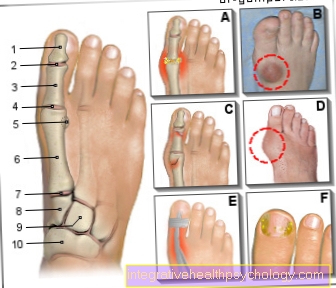
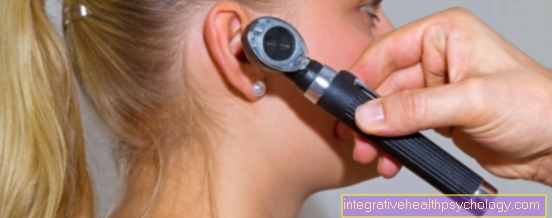







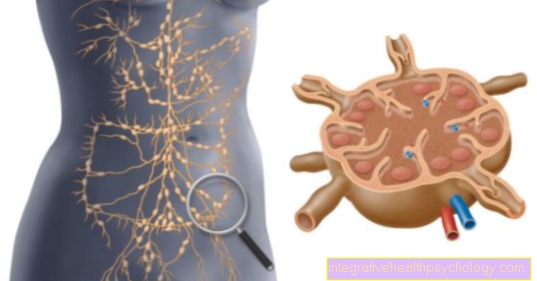
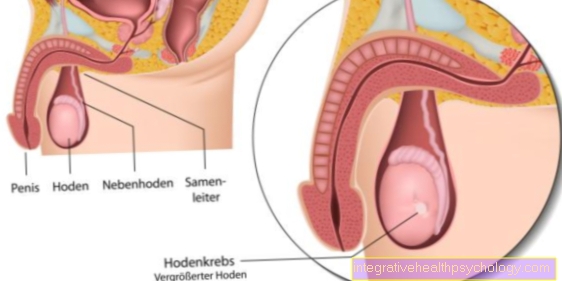


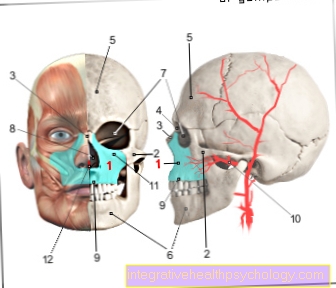
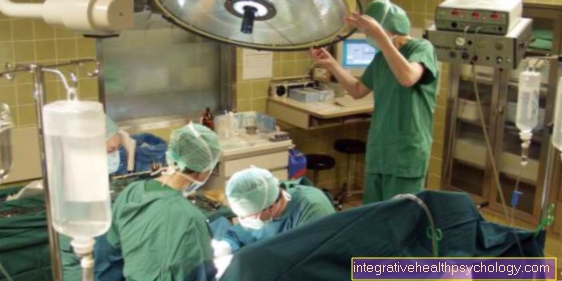


.jpg)


